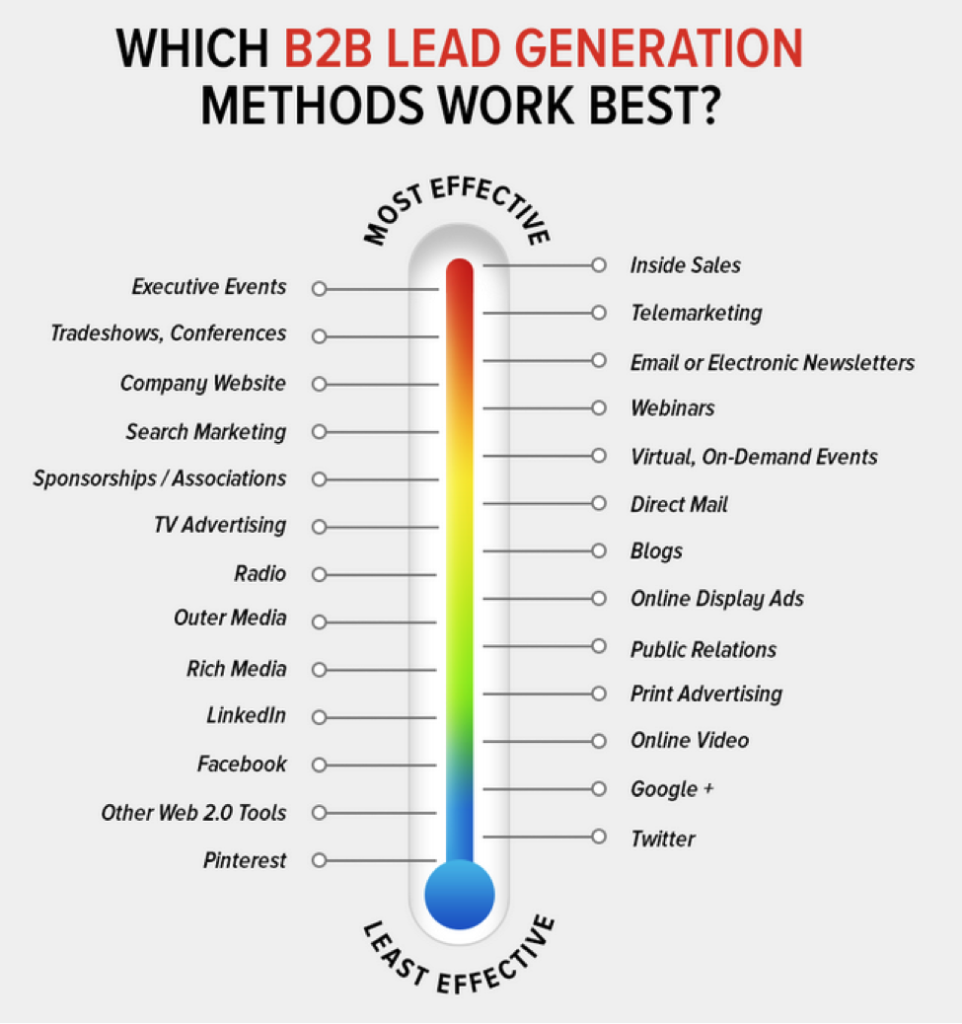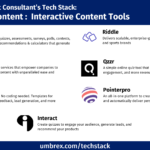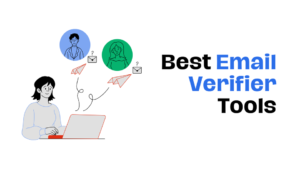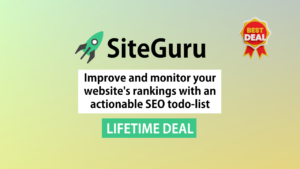Social media sponsorships are a powerful tool for businesses today. They can boost visibility and drive lead generation efficiently.
In today’s digital age, reaching potential customers can be challenging. Social media sponsorships offer a direct path to your target audience. By partnering with influencers or popular pages, businesses can tap into existing, engaged communities. This strategy not only enhances brand awareness but also attracts quality leads.
In this blog post, we will explore how social media sponsorships work for lead generation. You’ll discover why they’re effective and how to leverage them for your business. Let’s dive into the world of social media sponsorships and unlock their potential for your lead generation efforts.

Credit: www.marketcircle.com
Table of Contents
ToggleIntroduction To Social Media Sponsorships
Social media sponsorships are an effective method for lead generation. They help businesses reach wider audiences. This section covers the basics of social media sponsorships.
What Are Social Media Sponsorships?
Social media sponsorships involve paid collaborations with influencers. These influencers promote your brand on their platforms. The goal is to reach a specific target audience. This partnership can boost brand awareness and generate leads.
There are various types of social media sponsorships:
- Sponsored posts
- Product reviews
- Giveaways
| Type | Description |
|---|---|
| Sponsored Posts | Influencers create content featuring your brand. |
| Product Reviews | Influencers review your product, sharing their experience. |
| Giveaways | Influencers host contests to give away your product. |
Importance In Modern Marketing
In today’s digital world, social media sponsorships are crucial. They provide direct access to engaged audiences. Traditional marketing methods are less effective. People trust influencers more than ads. This trust drives higher engagement and conversion rates.
Some key benefits include:
- Increased brand visibility
- Improved credibility and trust
- Higher engagement rates
Partnering with influencers helps your brand reach new customers. It also creates a personal connection. This connection is vital for successful lead generation.
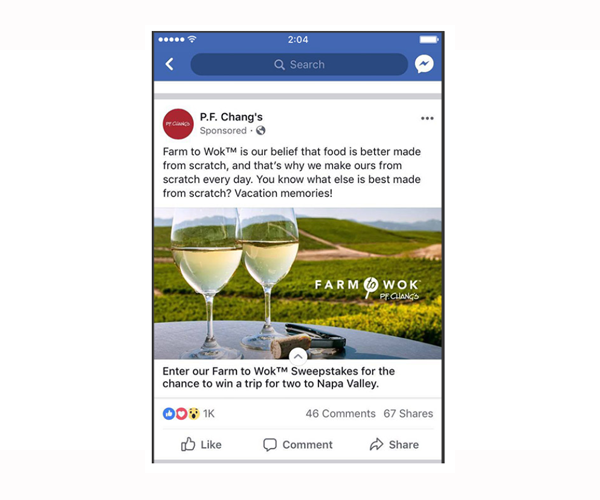
Credit: leadgenera.com
Choosing The Right Platform
Choosing the right social media platform for sponsorships is essential for effective lead generation. Each platform has unique features and a specific audience. This section explores the most popular social media platforms and helps you match the right platform to your target audience.
Popular Social Media Platforms
Social media platforms vary in their user base and functionality. Here are some popular platforms for sponsorships:
- Facebook: A versatile platform with a broad demographic.
- Instagram: Visual-centric, popular among younger users.
- LinkedIn: Ideal for professional networking and B2B marketing.
- Twitter: Great for real-time updates and trending topics.
- YouTube: Focused on video content, appeals to a wide audience.
- TikTok: Short-form video, popular with Gen Z and younger millennials.
Matching Platform To Audience
Each platform attracts different types of users. Understanding your audience helps in choosing the right one.
Facebook works well if your audience spans various age groups. It supports various content types including text, images, and videos.
Instagram is best for brands targeting younger demographics. Focus on high-quality images and short videos.
LinkedIn suits B2B businesses. It is the go-to platform for professional content and networking.
Twitter is effective for engaging with users in real-time. It is ideal for news, updates, and short messages.
YouTube is perfect for creating in-depth video content. It appeals to a wide range of users.
TikTok is excellent for brands targeting Gen Z. Short, engaging videos perform best here.
| Platform | Best For | Content Type |
|---|---|---|
| All age groups | Text, images, videos | |
| Younger users | Images, short videos | |
| Professionals | Professional content | |
| Real-time updates | Short messages | |
| YouTube | Wide audience | Videos |
| TikTok | Gen Z | Short videos |
Identifying Target Audience
Identifying your target audience is crucial for successful social media sponsorships. Knowing who your audience is helps you create content that resonates. It allows you to connect with the right people. This leads to better engagement and more leads.
Demographic Research
Start with demographic research to understand your audience better. Look at factors like age, gender, location, and income. These details help you tailor your message. For example, if most of your audience is young adults, your content should appeal to their interests.
Use tools like Google Analytics and social media insights. These tools provide valuable data. They show who is interacting with your content. This helps in refining your strategy.
Creating Customer Personas
Next, create customer personas. These are detailed profiles of your ideal customers. A persona includes demographic info, interests, and pain points. It helps you visualize your audience as real people.
Here’s a simple table to create a customer persona:
| Category | Details |
|---|---|
| Name | John Doe |
| Age | 30 |
| Location | New York |
| Interests | Technology, Fitness |
| Pain Points | Time management, Health |
Use these personas to guide your content creation. Address their interests and solve their problems. This makes your message more relevant and engaging.
Selecting The Right Influencers
Using social media sponsorships can be a powerful way to generate leads. One crucial step is selecting the right influencers. The right influencers can help you reach your target audience. They can also build trust and drive engagement.
Micro Vs. Macro Influencers
Micro influencers have between 1,000 to 100,000 followers. They usually have high engagement rates. Their audience feels more like a community. Micro influencers often have a niche focus. This can help reach specific segments of your market.
Macro influencers have over 100,000 followers. They offer a broader reach. Their followers are diverse. Macro influencers can provide exposure to a larger audience. They are often celebrities or well-known personalities.
Evaluating Influencer Engagement
Engagement is key to successful social media sponsorships. High follower counts do not always mean high engagement. Look at likes, comments, and shares. These metrics show how active and engaged the audience is.
Check the quality of interactions. Authentic comments mean more than generic ones. Look for influencers who reply to their followers. This shows they value their audience. It also builds trust and loyalty.
Review past sponsored posts. See how the influencer’s audience reacted. Positive reactions can indicate future success. Negative or low engagement may be a red flag.
Crafting Effective Sponsorship Content
Crafting effective sponsorship content is essential for successful lead generation on social media. The right content can attract potential customers and build trust. It’s important to create engaging and valuable content that resonates with your audience.
Content Types
There are various content types that can be used in social media sponsorships. Images and videos are very popular. They grab attention quickly and deliver your message effectively. Stories and reels are also effective. They are short and engaging, ideal for capturing interest. Blog posts and articles can provide in-depth information, establishing your expertise.
Balancing Promotion And Value
Balancing promotion and value is key to successful sponsorship content. Your content should not be overly promotional. It should provide value to your audience. Share useful tips, insights, or entertaining content. This builds trust and encourages engagement. Remember, the goal is to attract leads, not just sell products. Aim to educate, inform, or entertain your audience.
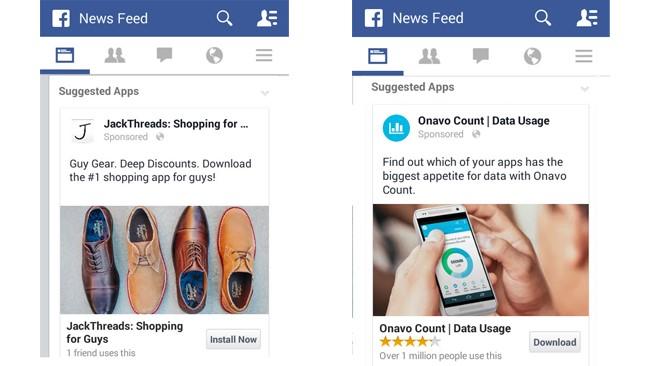
Credit: www.leadfuze.com
Maximizing Engagement
Maximizing engagement through social media sponsorships can significantly boost lead generation. Engaging content captures attention and encourages interaction. This creates a more personal connection with your audience. Here are some strategies to maximize engagement.
Creating Interactive Posts
Interactive posts invite users to participate. They can include polls, quizzes, and questions. These encourage users to share their thoughts. This interaction builds a sense of community. It also provides valuable insights into your audience’s preferences.
Live videos are another engaging format. They allow real-time interaction. Viewers can ask questions and get instant responses. This makes them feel valued and heard. Interactive posts keep your audience engaged and coming back for more.
Using Hashtags And Challenges
Hashtags make your content more discoverable. Use relevant and popular hashtags. This expands your reach to a broader audience. It also connects you with users interested in similar topics.
Challenges are another great way to engage users. Create a fun challenge related to your brand. Encourage users to participate and share their experiences. This generates user-generated content. It also increases your brand visibility.
Both hashtags and challenges foster community engagement. They make your brand more relatable and accessible. Use these tools to create a buzz and attract more leads.
Measuring Sponsorship Success
Measuring the success of your social media sponsorships is crucial. Without proper measurement, you won’t know if your efforts are paying off. It’s vital to track and analyze the results to make informed decisions. This helps optimize your strategies for better lead generation.
Key Performance Indicators
Key Performance Indicators (KPIs) are essential metrics. They help measure the effectiveness of your sponsorships. Common KPIs include engagement rates, reach, and impressions. Each KPI gives valuable insights into how well your sponsorship is performing.
Engagement rates show how many users interact with your posts. Higher engagement means your content resonates with the audience. Reach indicates how many unique users see your content. Impressions count the total times your content appears in users’ feeds.
Analyzing Results And Roi
Analyzing results helps you understand the impact of your sponsorships. Look at the data from your KPIs. Identify trends and patterns. This analysis will tell you what works and what doesn’t.
Return on Investment (ROI) is another critical metric. It measures the profitability of your sponsorships. Calculate ROI by comparing the revenue generated to the cost of the sponsorship. A positive ROI means your sponsorships are effective. A negative ROI indicates a need for strategy adjustment.
Adjusting Strategies For Better Results
Adjusting strategies for better results in social media sponsorships can significantly boost lead generation. Constantly evolving your approach helps keep your audience engaged and responsive. By refining your tactics, you can ensure more effective outcomes from your efforts.
Learning From Feedback
Feedback is a valuable tool in fine-tuning your social media sponsorships. Listen to your audience. Their reactions and comments can guide your strategy adjustments. Pay attention to what resonates with them. Are they engaging with your sponsored content? Are they showing interest in your offerings?
Analyze data from your campaigns. Metrics like click-through rates and conversion rates reveal what works best. Use this information to make informed decisions. Tailor your content to match your audience’s preferences. This approach leads to better engagement and more leads.
Adapting To Trends
The social media landscape changes rapidly. Staying updated with current trends is crucial. What worked last month may not work today. Monitor industry trends and adjust your strategies accordingly. Incorporate new features and tools available on social media platforms.
Experiment with different types of content. Video content, for example, is gaining popularity. Try incorporating videos into your sponsorships. Observe how your audience responds. Adapt based on their interactions and feedback. Being flexible and open to change can significantly enhance your lead generation efforts.
Case Studies And Success Stories
Social media sponsorships can be a powerful tool for generating leads. By partnering with influencers and brands, businesses can reach a wider audience. This section will explore case studies and success stories to understand how effective these partnerships can be.
Successful Campaign Examples
Many businesses have seen great results from social media sponsorships. Here are some examples:
| Company | Strategy | Results |
|---|---|---|
| XYZ Fitness | Partnered with fitness influencers to promote a new workout app. | Gained 10,000 new subscribers in a month. |
| ABC Cosmetics | Collaborated with beauty bloggers to showcase a new product line. | Increased website traffic by 50% and doubled online sales. |
| 123 Travel | Sponsored travel vloggers to highlight unique travel packages. | Generated 5,000 new leads and boosted bookings by 30%. |
Lessons Learned
From these case studies, several key lessons emerge:
- Choose the right influencer: Alignment with your brand values is crucial. The influencer’s audience should match your target market.
- Clear communication: Ensure the influencer understands your goals and message. This helps to create authentic and effective content.
- Track performance: Use metrics to measure the success of the campaign. Adjust strategies based on what works and what doesn’t.
By learning from these examples, businesses can effectively use social media sponsorships for lead generation. The right partnerships and strategies can drive significant results.
How Can Social Media Sponsorships and Interactive Content Tools Work Together for Lead Generation?
Social media sponsorships can effectively leverage interactive lead generation tools to engage target audiences. By using polls, quizzes, and interactive content, brands can collect valuable customer data and generate leads. These tools make the lead generation process more engaging and enjoyable for users, resulting in a higher conversion rate.
Future Of Social Media Sponsorships
The Future of Social Media Sponsorships holds great potential for lead generation. As technology evolves, so do the strategies and trends in the social media landscape. Businesses must stay ahead to leverage these opportunities effectively.
Emerging Trends
Several emerging trends are shaping the future of social media sponsorships. These trends offer new ways to connect with audiences and generate leads.
- Micro-Influencers: Brands are increasingly collaborating with micro-influencers. They have smaller but highly engaged audiences.
- Video Content: Video content is becoming more popular. Platforms like Instagram and TikTok are leading the way.
- Authenticity: Audiences crave authenticity. They prefer genuine endorsements over scripted ads.
- Interactive Content: Interactive content like polls and quizzes engage users. This can drive higher lead generation.
Long-term Strategies
Long-term strategies are crucial for sustainable success in social media sponsorships. Businesses need to plan ahead to maximize their impact.
- Building Relationships: Focus on building long-term relationships with influencers. This creates trust and consistent messaging.
- Content Diversity: Diversify content formats. Use a mix of videos, images, and text to keep the audience engaged.
- Data Analysis: Continuously analyze data. Understand what works and refine strategies accordingly.
- Community Engagement: Engage with your community regularly. Respond to comments and participate in discussions.
These strategies help in creating a robust social media sponsorship plan. It ensures ongoing lead generation and brand growth.
| Trend | Description |
|---|---|
| Micro-Influencers | Small but engaged audience |
| Video Content | High engagement on platforms like TikTok |
| Authenticity | Genuine endorsements preferred |
| Interactive Content | Engages users through polls and quizzes |
Frequently Asked Questions
What Is Social Media Sponsorship?
Social media sponsorship is when a brand collaborates with influencers. They promote the brand’s products or services to their followers.
How Can Social Media Sponsorships Generate Leads?
Social media sponsorships generate leads by increasing brand visibility. Influencers’ recommendations can drive their followers to engage with your brand.
Which Platforms Are Best For Social Media Sponsorships?
Instagram, YouTube, and TikTok are popular platforms. These platforms have high user engagement and vast influencer networks.
How To Choose The Right Influencer?
Choose influencers whose audience aligns with your target market. Evaluate their engagement rates and content relevance.
Conclusion
Social media sponsorships can boost lead generation effectively. They offer direct engagement with the audience. This method builds trust and credibility. Target the right influencers to maximize results. Analyze performance regularly for improvements. Keep content authentic and relatable. By leveraging these strategies, you can see significant growth. Additionally, incorporating call-to-action buttons in sponsored posts can encourage followers to visit your website and boost blog traffic. Utilize tracking tools to monitor which posts are driving the most traffic to your blog, and adjust your social media sponsorship strategy accordingly. By consistently providing valuable and relevant content, you can create a strong online presence and continue to see an increase in lead generation and blog traffic.
Remember, consistency is key. Stay active and responsive. Your efforts will lead to valuable leads. Social media sponsorships are a powerful tool. Use them wisely to grow your business.

